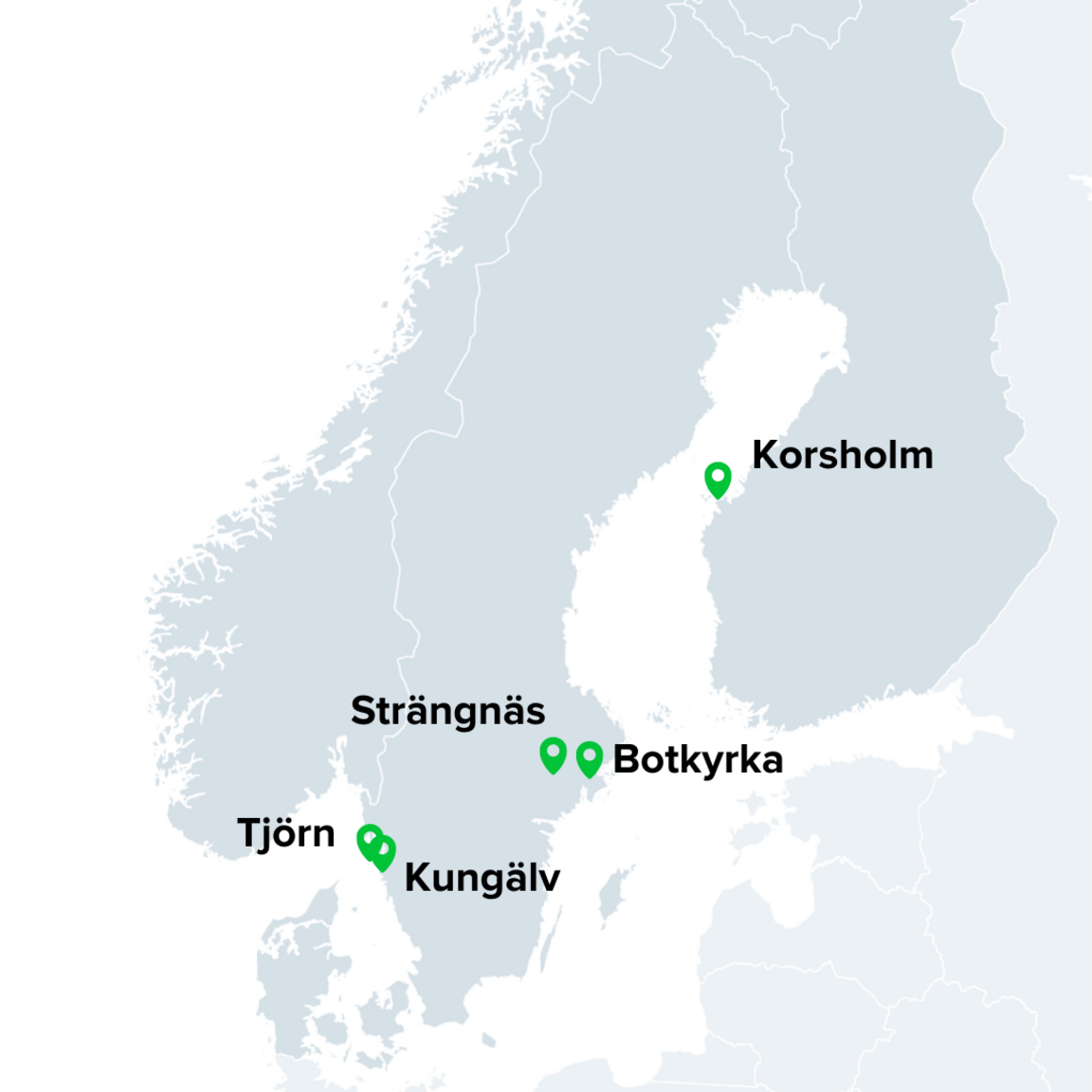
Application of the SDG Impact Assessment Tool in municipalities
This is a summary of the experiences and lessons learned from a pilot project involving five Nordic municipalities: Strängnäs, Kungälv, Tjörn, Botkyrka, and Korsholm. Over the period from May 2023 to February 2024, these municipalities experimented with the SDG Impact Assessment Tool to integrate the Sustainable Development Goals (SDGs) into their operations.
Introduction
The UN's 2030 Agenda for Sustainable Development, comprising 17 SDGs and 169 targets, serves as a framework for global sustainable transformations. The indivisibility of these goals underscores the importance of considering their interlinkages and interdependencies when working on their implementation.
Municipalities play a critical role in this transformation, particularly in the Nordic countries, given their extensive responsibilities in various societal sectors. Active engagement with the SDGs at the local level is essential for achieving national and global sustainability targets.
While many Nordic municipalities and associations actively integrate the SDGs into their operations, there remains a need for practical tools and approaches.
Project description
This pilot project wanted to address this gap by allowing municipalities to test the SDG Impact Assessment Tool and share their experiences. The project builds upon positive experiences from Strängnäs municipality in Sweden, extending the tool's application to three additional municipalities in Sweden: Botkyrka, Kungälv, and Tjörn; and one in Finland: Korsholm.
In the project, the municipalities have tested using the SDG Impact Assessment Tool in existing processes or projects within the municipality. They have also received guidance from the SDSN Northern Europe secretariat as well as peer-to-peer learning with the other participating municipalities along the way.
Here, we share the lessons learned from these experiences, aiming to encourage more municipalities to use the tool to advance sustainable development in their operations.
Key messages
The pilot project concludes that the SDG Impact Assessment Tool holds potential for broader use by municipalities and regions, both in the Nordic countries and internationally. Here are the main results from the study:
Perceived as an effective tool
Participants perceive the SDG Impact Assessment Tool as a simple, educational, and hands-on resource. It enables a structured approach, stimulating discussion and critical thinking, while enhancing understanding of various perspectives and dimensions of sustainable development.
Strength in qualitative self-assessment
The tool's basis in qualitative self-assessment is seen as a strength by multiple municipalities. It contributes to internal learning, allowing thorough analysis and identification of previously overlooked connections and impacts relevant to sustainable development.
Suitable for defined cases
The tool is effective for analyzing well-defined projects or processes. However, when handling larger amounts of data, dividing analysis into smaller subsets may be necessary. Challenges include appropriately framing and delimiting subsets and evaluating different, sometimes conflicting, impacts.
Stimulates cross-sectorial understanding
Several municipalities report positive experiences with workshop-style SDG impact assessments. Involving officers from diverse backgrounds and departments stimulates cross-sectoral dialogue, enhances understanding of sustainable development, and supports collaboration.
Potential for governance enhancement
Participating municipalities see potential in using the tool to enhance governance towards the SDGs and the 2030 Agenda. Highlighted applications include physical planning, culture and recreation management, education, public procurement, and strategic decision-making, as well as supporting political discussions about sustainable development.

Participating municipalities
What is the SDG Impact Assessment Tool
The SDG Impact Assessment Tool is a freely accessible, online tool that visualizes the result from a self-assessment of how an activity, project, or organization impacts the SDGs.
The tool has been developed at Chalmers University of Technology and the University of Gothenburg in collaboration with SDSN Northern Europe. It is now owned by Wexsus, West Sweden Nexus for Sustainable Development.
The purpose of the SDG Impact Assessment Tool is to enable for organizations to evaluate their operations or part of their operations against the SDGs, thereby contributing to learning and increased understanding of how their activities relate to the global goals and targets.
The methodology is based on qualitative self-assessment, where an impact on each goal is assigned as positive or negative, direct or indirect, if there is a knowledge gap, or if no impact can be identified.
